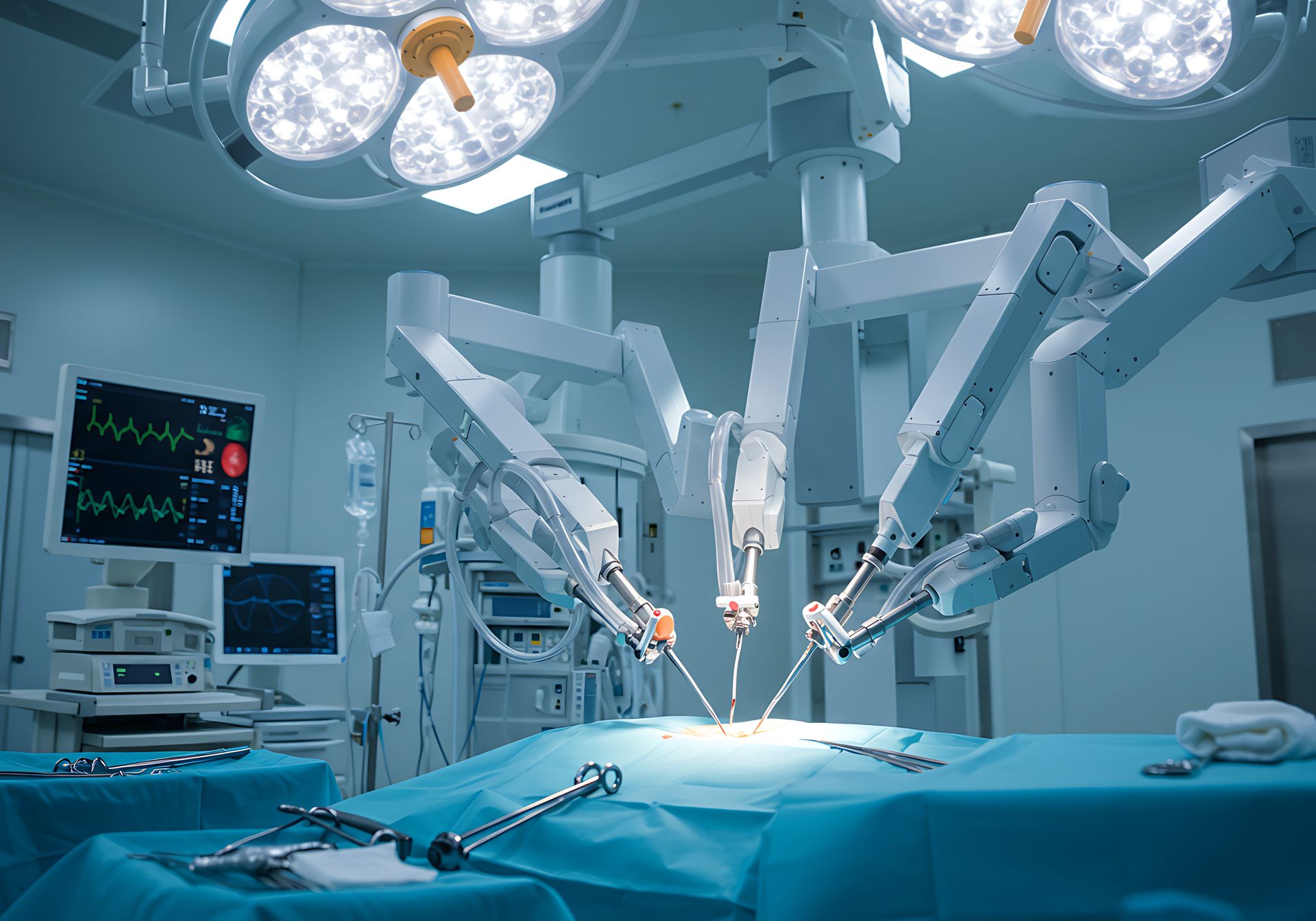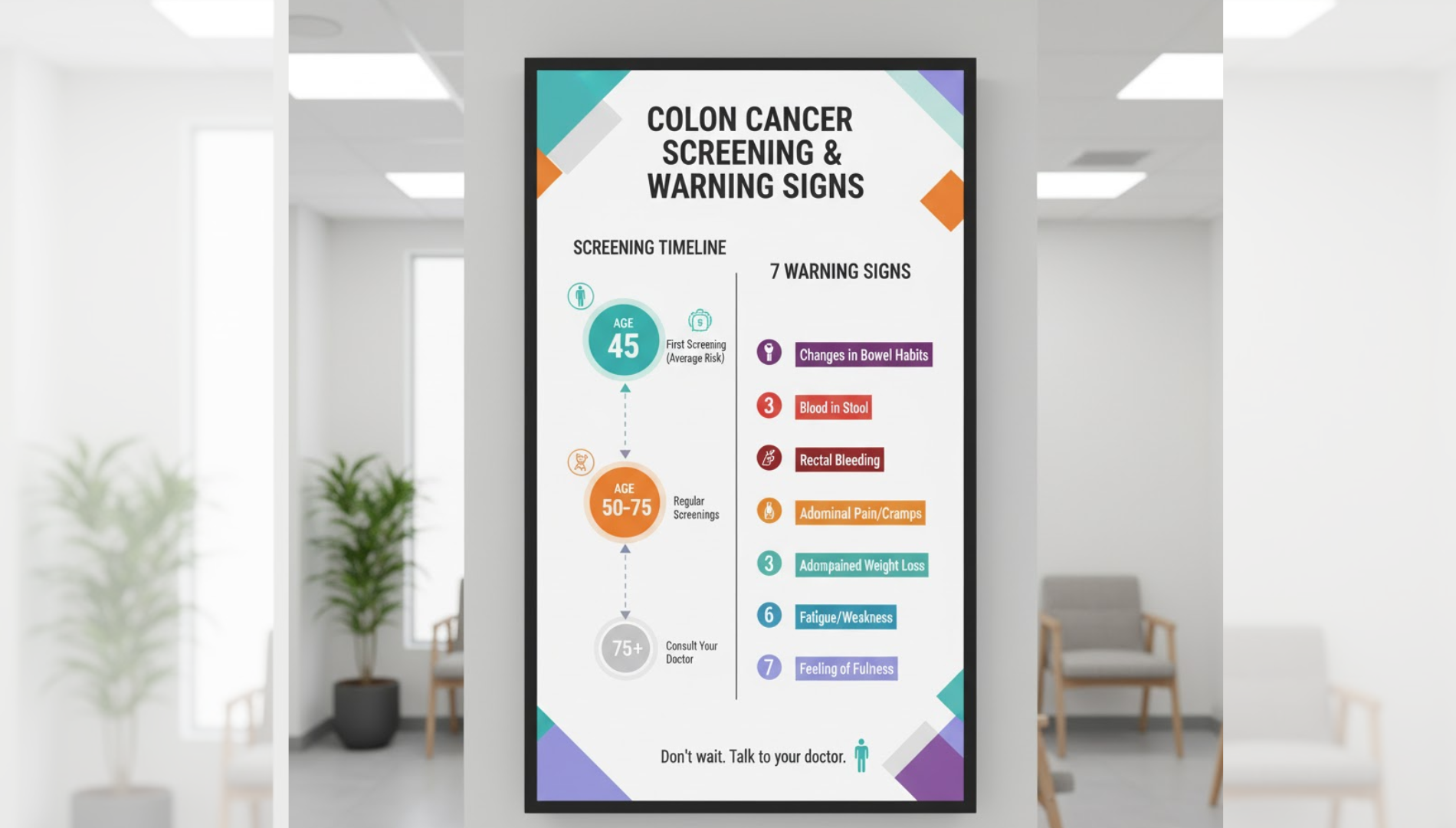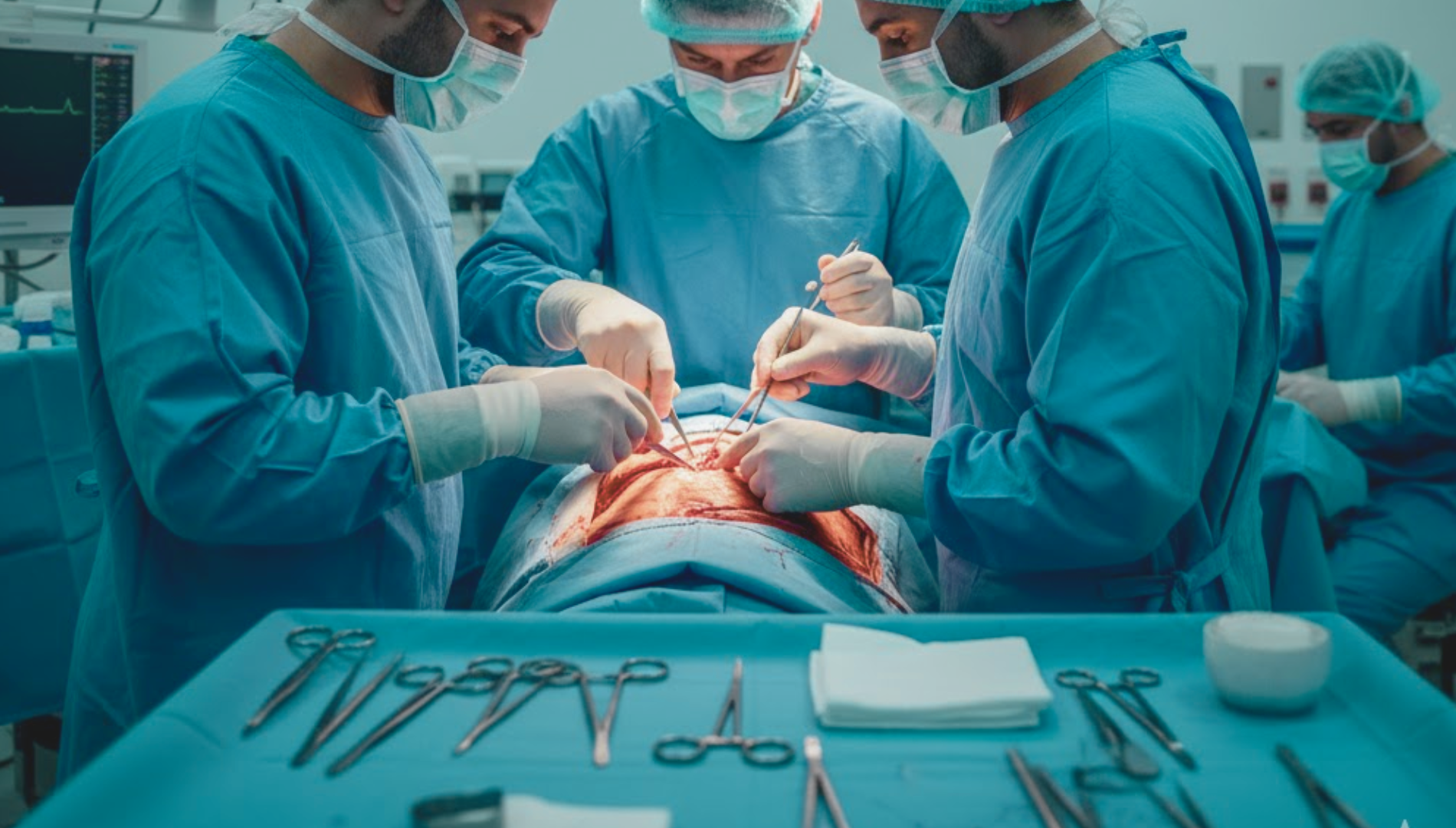Benefits Of Robotic Hernia Surgery Over Traditional Methods

Hernia repair has long relied on traditional open surgery, requiring large incisions and extensive recovery. Recent advancements in robotic surgery are transforming how these procedures are performed. Robotic hernia surgery leverages sophisticated systems to deliver minimally invasive techniques, resulting in better outcomes for patients. If you’re facing hernia repair, appreciating the differences between conventional methods and robotic approaches can help you choose the best path for quicker recovery and improved comfort. Let’s explore how robotic surgery is reshaping hernia repair and what it means for your healthcare.
Overview Of Hernia Repair Methods
Hernia repair techniques have evolved greatly, offering patients several choices for treatment. Historically, open surgery was standard, requiring surgeons to make large incisions and work directly with tissues by hand. Today, minimally invasive methods such as laparoscopic and robotic approaches are gaining traction. These modern techniques utilize specialized tools and smaller incisions, leading to less pain and faster recovery.
Robotic technology further refines the minimally invasive experience. By combining surgeon expertise with advanced robotic systems, the procedure enhances precision, reduces complications, and improves patient satisfaction.
Understanding Hernias: Types And Causes
Hernias arise when tissue pushes through a weak spot in the muscles or connective tissue, most commonly in the abdominal wall or groin area. You might notice a bulge or feel discomfort—especially while lifting, coughing, or standing for long periods. The weakness can develop from heavy lifting, obesity, prior surgery, or simply age-related changes in muscle and connective tissue strength.
There are several types of hernias: inguinal (groin), ventral (abdominal wall), incisional (at previous surgical sites), femoral, umbilical (near the belly button), and hiatal (upper stomach through the diaphragm). Each type relates to a unique weak spot where tissue can protrude. Read Understanding Robotic Hernia Surgery: Traditional vs. Modern to learn more.
Robotic hernia surgery utilizes a robotic system operated by your surgeon from a console, allowing for smaller incisions, enhanced vision, and improved precision, unlike traditional open surgery which requires larger incisions and direct manual handling.
The Evolution Of Surgical Techniques
Over the years, hernia surgery has progressed from open procedures to more advanced techniques. Initially, open hernia repair dominated, involving a sizable incision and direct visualization of the affected area. Surgeons manually repaired the weak spot and reinforced it with mesh, but recovery was lengthy and pain was common.
The laparoscopic approach marked a turning point, using small incisions and cameras to view the surgical site. Instruments were manipulated externally, significantly reducing blood loss and discomfort. However, maneuverability and vision were limited compared to open surgery.
Robotic techniques now build upon laparoscopic innovation, offering surgeons the benefits of a magnified 3D view and wristed instruments that mimic human movements while filtering out tremors. This technology allows for meticulous repairs with less tissue trauma, enhancing patient recovery and safety.
Key Differences Between Traditional And Robotic Approaches
Deciding between robotic surgery and traditional methods involves weighing several factors. Open hernia repair requires a large incision and direct tissue handling, often leading to more pain and longer recovery. Laparoscopic techniques use small incisions, but surgeon dexterity may be restricted, and visualization is only two-dimensional.
Robotic hernia repair stands out due to its:
- 3D high-definition visualization for superior anatomical detail
- Wristed robotic instruments, allowing for greater range of motion
- Enhanced precision, reducing risk of complications and chronic pain
Robotic systems translate your surgeon's hand movements into smaller, more precise actions, improving accuracy and minimizing tissue damage compared to both open and laparoscopic approaches.
Traditional Hernia Surgery Techniques
Traditional open surgery has long been the cornerstone of hernia repair. General surgeons perform these operations by making a large incision at the hernia site, providing direct access to affected tissues. While effective for addressing complex or large hernias, this approach often necessitates extended recovery and greater discomfort.
Most hernia repairs today still rely on these conventional methods, especially in patients with complicated medical histories or hernias unsuitable for minimally invasive techniques. However, newer options are shifting the focus toward less invasive solutions.
Open Hernia Repair: Steps And Recovery
Open hernia repair starts with the surgeon making a substantial incision over the hernia. The protruding tissue is gently repositioned, and the weak spot in the muscle or connective tissue is closed using sutures or reinforced with surgical mesh for added support. This direct access allows the surgeon to address complex hernias thoroughly.
Recovery from open hernia repair can be challenging. You may experience significant postoperative pain, often requiring prescribed pain medication. The healing process is longer because of the larger incision, sometimes keeping patients away from daily activities for several weeks.
Hospital stays are usually extended, and risks such as infection, bleeding, or chronic pain may be higher. Still, open repair remains a reliable choice, particularly when minimally invasive methods aren't suitable due to hernia size or previous surgical complications.
Laparoscopic Hernia Repair: Minimally Invasive Option
Laparoscopic hernia repair offers a less invasive alternative to open surgery. Surgeons create several small incisions, typically near the belly button, through which a camera and instruments are inserted. The camera provides a magnified view of the hernia and surrounding tissues, guiding the surgeon to accurately reposition the bulging tissue and reinforce the weak area—often with mesh.
Minimal blood loss and reduced tissue trauma distinguish this technique. Patients benefit from less pain postoperatively and a shorter recovery, frequently returning to normal activities within just a couple of weeks. This approach works well for many hernia types, especially inguinal and ventral hernias.
While laparoscopic repair is effective, robotic surgery offers even greater precision, potentially reducing complications and further accelerating recovery.
Common Challenges With Conventional Procedures
Conventional hernia repairs, including open and laparoscopic methods, present several hurdles for patients and surgeons alike. These traditional procedures often result in:
- Longer operative time and extended hospital stays
- Increased risk of chronic pain and postoperative complications
- Greater likelihood of infection or hernia recurrence
Many patients face slow recovery, limited mobility, and persistent discomfort following surgery. Chronic pain, in particular, can hinder your return to work and normal routines for weeks or even months. Large incisions can also increase scarring and infection risk.
Robotic repair typically reduces these challenges, offering a smoother and quicker road to recovery, but it may not suit every case and could require more resources and specialized training.
Benefits Of Robotic Hernia Surgery
Robotic hernia repair offers a host of advantages for patients. Enhanced precision and superior visualization help surgeons operate with incredible accuracy, reducing the risk of complications and recurrence. The minimally invasive approach means smaller incisions, less pain, and a faster recovery.
Patients often experience fewer postoperative complications and return to daily activities much quicker than those undergoing traditional open surgery. The robotic approach provides a new level of safety, comfort, and effectiveness in hernia repair.
Enhanced Precision And Visualization
One of the standout benefits of robotic hernia surgery is the remarkable precision and visualization. The system’s 3D, high-definition view allows surgeons to see anatomical details not possible with traditional or laparoscopic methods. Tremor filtration technology ensures every movement is smooth and steady.
- Surgeons control wristed instruments that bend and rotate with a greater range of motion than the human hand.
- Enhanced visualization improves accuracy, reducing blood loss and risk of nerve injury.
- Delicate, complex repairs become safer and more effective, minimizing complications.
While robotic surgery offers greater precision, it requires specialized training and may not be ideal for every patient or every type of hernia.
Reduced Pain And Quicker Recovery
Patients undergoing robotic hernia repair often report significantly reduced pain compared to traditional open surgery. Smaller incisions mean less tissue trauma and a lower need for pain medication during recovery. Many patients can return to regular activities in just a few weeks, rather than months.
Shorter hospital stays and less postoperative discomfort contribute to an overall smoother recovery process. The minimally invasive technique helps reduce swelling, scarring, and the risk of chronic pain.
Most patients recover quickly, resuming light activity in two weeks and full activity within four weeks, depending on their specific health and the complexity of the repair.
Lower Risk Of Complications And Recurrence
Robotic hernia surgery significantly lowers the risk of complications such as infection, bleeding, or recurrence. The enhanced precision allows surgeons to reinforce the abdominal wall without damaging surrounding tissues. This, in turn, boosts the likelihood of long-term success and improved quality of life.
Studies show robotic procedures lead to fewer postoperative complications and lower rates of hernia recurrence than both open and laparoscopic repairs. Patients benefit from less chronic pain, reduced need for reoperation, and better postoperative comfort.
Research consistently demonstrates that robotic hernia repair provides excellent outcomes, with lower risks and better patient satisfaction.
Candidate Selection For Robotic Hernia Surgery
Choosing candidates for robotic hernia repair involves a thorough preoperative assessment. Surgeons evaluate your medical history, hernia type, and overall health to determine the best method. Not everyone qualifies—complex cases or certain health issues may point toward traditional surgery instead.
During your consultation, your surgeon will discuss eligibility, risks, and expected outcomes, ensuring you’re well-informed and prepared for your procedure. Personalized care leads to optimal results and a successful recovery.
Why Choose Copper Mountain Surgical For Robotic Hernia Repair
Copper Mountain Surgical in Arizona is a leader in robotic hernia repair, distinguished by its commitment to advanced technology and patient-centered care. The practice, under the direction of Dr. Wesley High, harnesses the latest robotic systems to deliver precision and safety in every procedure.
Patients benefit from individualized treatment plans, thorough preoperative assessment, and a skilled surgical team dedicated to optimal outcomes. Dr. High and his staff ensure you’re well-informed and comfortable throughout the process, making Copper Mountain Surgical a top choice for hernia care in the region.
Conclusion
Embracing robotic hernia surgery offers numerous advantages compared to traditional methods. The precision of robotic systems contributes to fewer complications, shorter recovery times, and less postoperative pain, enhancing overall patient outcomes. With small incisions minimizing blood loss, patients often experience quicker recovery periods and shorter hospital stays. This advanced technique is particularly beneficial for those with complex cases or chronic pain. By opting for robotic approaches, patients not only receive effective treatment but also significantly improve their quality of life post-surgery.
Reach out today!




